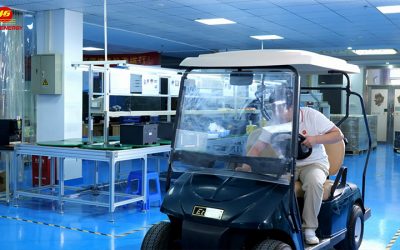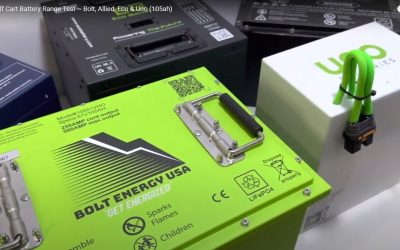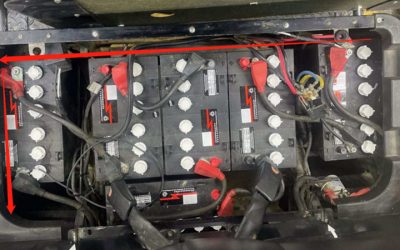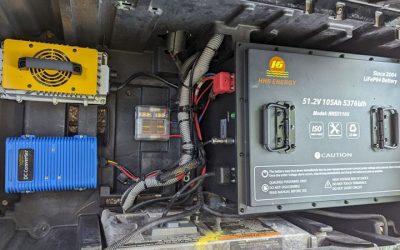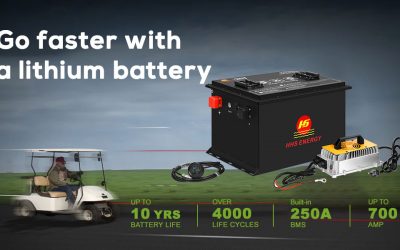Should you leave a golf cart plugged in all the time?
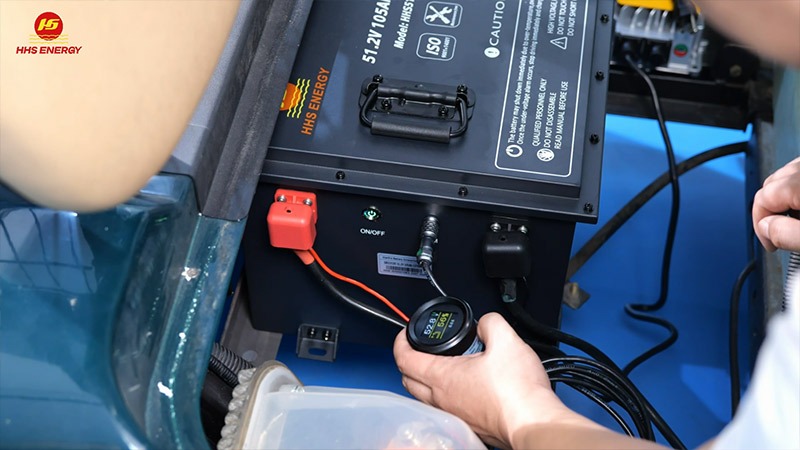
It is generally not recommended to leave a golf cart plugged in all the time unless the charger has a built-in feature to automatically stop charging once the battery is full (called a “float charge” or “trickle charge”). Here’s why:
1. Overcharging Risk
- Lead-Acid Batteries (flooded or AGM): Leaving these plugged in constantly can result in overcharging, which may lead to battery overheating, water loss, and damage over time. Even chargers with automatic shutoff might cause issues if they malfunction.
- Lithium-Ion Batteries (like LiFePO4): Many lithium battery chargers have protective mechanisms to prevent overcharging. However, it’s still best to avoid leaving them plugged in unnecessarily. Lithium-ion batteries do not require the constant charge that lead-acid ones do.
2. Battery Management Systems (BMS)
For lithium-ion batteries, if the charger has a smart feature with a BMS, it will prevent the battery from being overcharged. This feature is common in newer chargers designed for lithium golf cart batteries, and some manufacturers even recommend keeping it plugged in to maintain an optimal charge.
3. Regular Charging Practices
Instead of leaving the cart plugged in continuously, it is better to charge the golf cart after use and unplug it once fully charged. If the cart will sit unused for extended periods (weeks or months), charge it fully, unplug it, and check on the charge level periodically.
Conclusion:
- Lead-acid batteries should not be left plugged in indefinitely unless the charger is designed with a float function.
- Lithium-ion batteries with a BMS can generally handle being left plugged in for longer, but it’s still best to avoid it when possible. Always refer to the manufacturer’s guidelines for your specific battery type and charger model.
